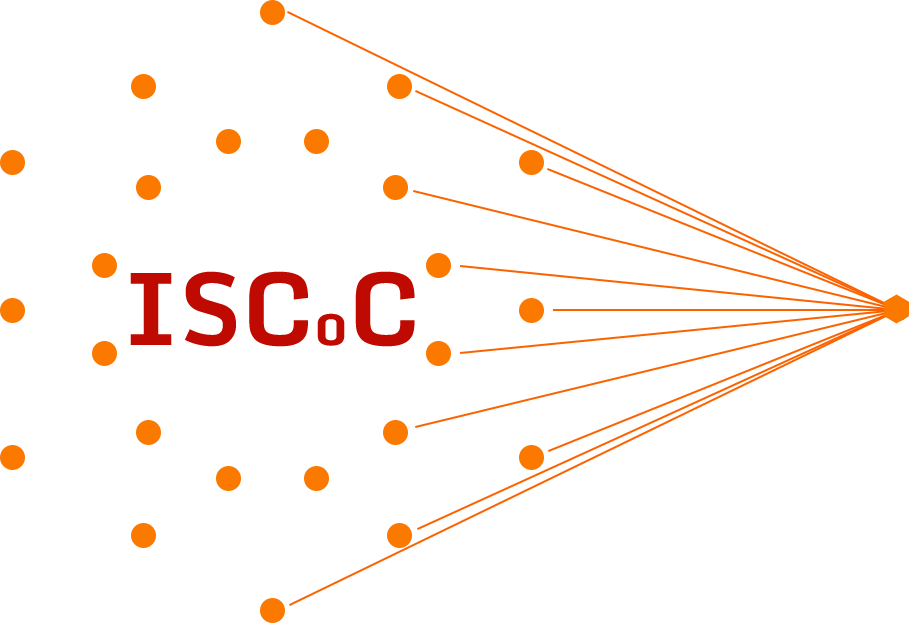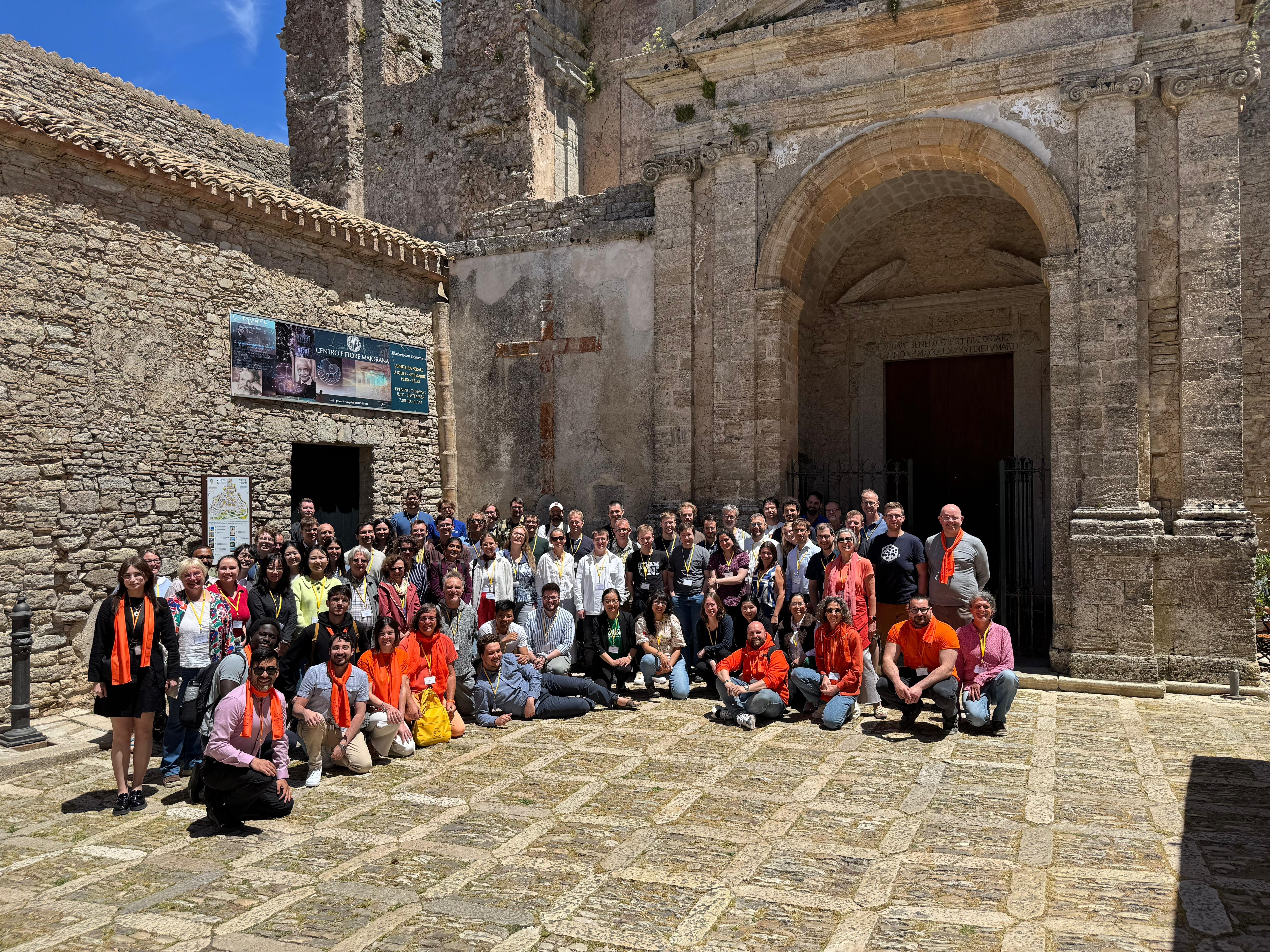Scientific Report
General summary
The 60th course of the international School of Crystallography was focussed on the use of electrons as a source radiation to study the crystal structure of solid materials. There was a particular emphasis on the use of electron crystallography for the study of organic, hybrid, pharmaceutical and biological materials. There were fifty participating students, encompassing PhD students, postdoctoral researchers, early career academics and facility scientists. The school was run in parallel with the 61st course on quantum crystallography, allowing a number of shared sessions notably most of day one, covering the essential physics of diffraction and crystallography; and on day four covering the prospects for future experimental and analytical methods within the field.
Scientific Content
The course was built around daily sets of lectures (in the mornings) followed by practical demonstrations and exercises (in the afternoons). The first part of the course (day one) was designed to provide a core understanding of the fundamentals of diffraction and crystallography, this covered the geometry of reciprocal space, the structure factor and the nature of elastic/inelastic and dynamical scattering. This was supported by a highly enjoyable set of crystallography exercises undertaken by both electron and quantum crystallography students in small groups in the afternoon. The second part of the programme (days two and three) followed a stepwise progression through the typical data processing workflow: from the experimental acquisition of diffraction data, through data processing, structure solution, refinement and validation. Incorporated into this were hybrid methods such as simulated annealing and molecular replacement. The third part of the programme (days five and six) covered more exotic experimental methods for electron crystallographers such as serial-electron diffraction, single particle reconstruction, and applications to nanoscale materials. For the first time also AI and machine learning entered into the scene of electron crystallography marking a first step into the future of the discipline. While the final day was dedicated to convergent beam techniques introducing 4D-STEM and ptychographic imaging of biological materials. Most lectures had a dedicated workshop associated with them, providing expert demonstration of software application and other associated techniques (in particular a number of python-based approaches for data-handling were provided).
Involvement of participants and social aspects
Participants were invited to present their recent work at dedicated poster sessions. These were run across two evenings at which dinner was provided leading to a full evening of scientific discussions. Preview sessions over lunch on the same days also provided opportunities for extended discussion. Poster prizes were decided by a panel of lecturers and awarded at the closing ceremony. In keeping with a tradition at the school, students were given the opportunity to chair the lecture sessions on the later days of the school, encouraging them to consider questions for the lecturers as well as managing the timing and discussion in the room.
For the first time we provided sponsors of the school the opportunity to present, with a focus on educational rather than commercial information, this proved an interesting opportunity to highlight technological developments that were advancing experimental opportunities, with some excellent examples of collaborative work between commercial and academic partners.
During the final ceremony, the awards for the best posters were assigned: the first place was assigned to Yann Schmitt (Institute of Inorganic Chemistry, Leibniz University Hannover, DE). The prize included a Springer eBook Voucher. The second poster prize went to Alexander Feige (Department of Chemistry and Mineralogy, Leipzig University, Leipzig, DE) and the third place was conferred to Diana Piankova (Department of Mechanical and Process Engineering, ETH Zürich, CH).
More informal engagement between lecturers and students occurred across the numerous meals, social activities and coffee breaks in the programme. With lecturers often continuing to answer questions on their lectures over lunch. These discussions often extended to the after-dinner desserts and digestivos provided in the social room below the Feynman theatre.
As part of the social programme, the visit to the local archaeological sites provided an opportunity to clear heads from the packed scientific schedule. The directors would also like to thank Ute Kolb and Martin Schmidt for the ballroom dancing lesson delivered for all the school attendees.
To assess the outcome of the Course, participants were asked to provide their contribution with a survey to evaluate and comment on the scientific quality of the Course and the general organization. From their answers it was clear a similar meeting should be held at least in 3-4 years’ time. The 77% of the voting participants scores the course higher than 90/100.
Impact and future work
It was clear from the scientific content delivered, that electron crystallography has developed in bounds over the span of the past two Erice schools. Rather than looking at potential applications, this school gave concrete examples of the near routine application of electron crystallography and diffraction in the study of inorganic materials, soft matter, biological and pharmaceutical materials. While there are still challenges in sample preparation, damage and the fundamental nature of the beam-sample interaction, the school showed that there is a well-understood pathway to addressing many of these issues. Given these challenges electron crystallography will always need well-trained operators who understand the technical complexities of the subject, with this crop of attendees ideally placed to bring this knowledge and experience to the subject. As reported above for the first time in electron crystallography Erice schools, AI in crystallography was the subject of two lectures paving the way to what will be probably one of the main topic of the next school. The sponsors presentations, the lectures on nanomaterials and those on spatially resolved diffraction also gave some suggestion of the future development of the field, with moves towards increasing the statistical significance of analyses (by recording larger numbers of individual measurements within a wider sample) or to utilise the spatial resolution of electron optical systems to explore the variations of structure within individual components of a sample. This will be driven by the machine learning concepts and automated experimental methodologies introduced across the lectures in the school. The increase in quality and quantity of data also suggests that understanding disorder more quantitatively will be a key area of development in the field.
These opportunities provide more than enough motivation to apply for the next electron crystallography school. A group of excellent and motivated directors have been identified and have agreed to start the process of organising the next Erice school in 7 years’ time.
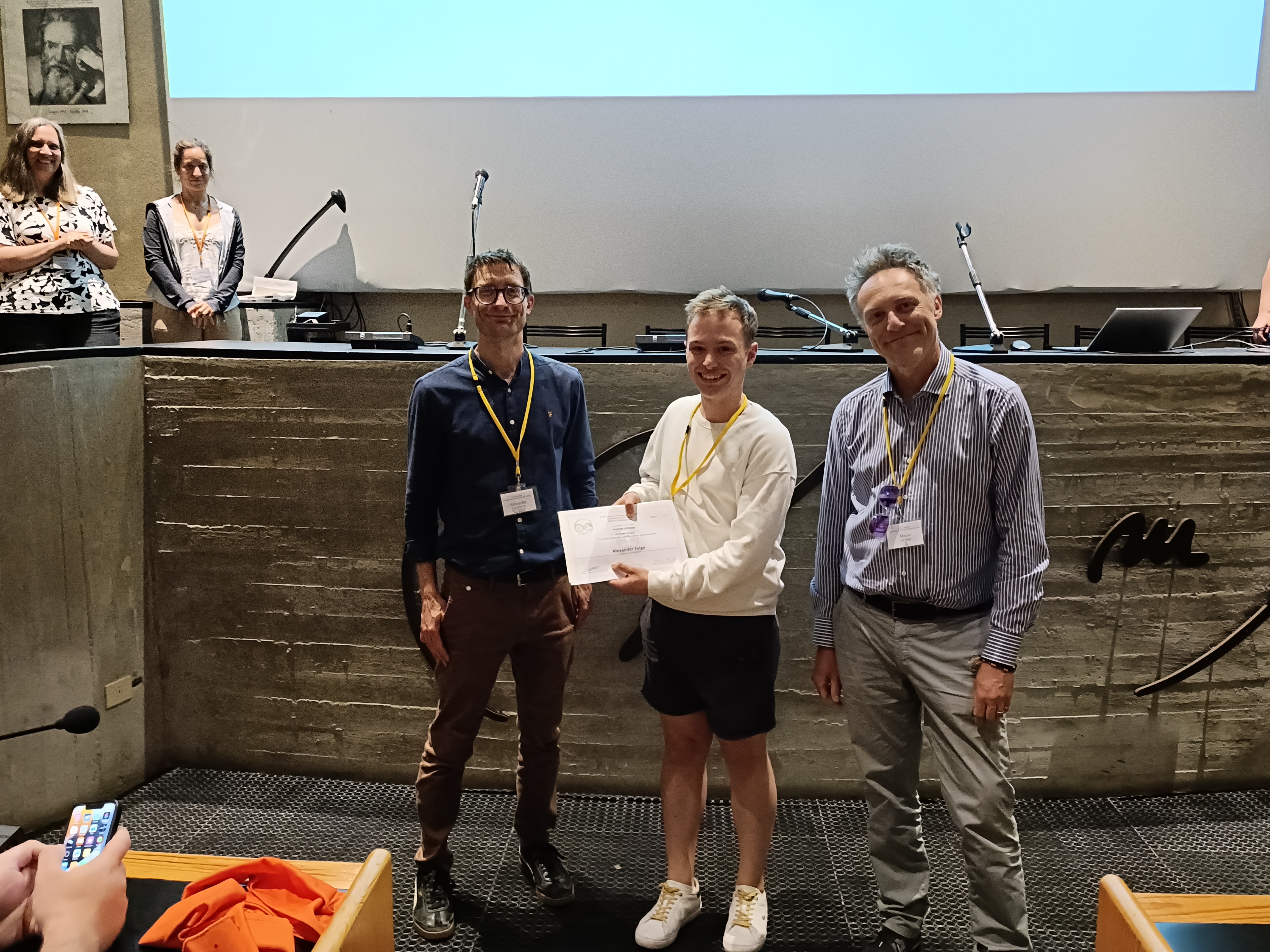 Poster prize 1st place: Yann Schmitt, University of Hannover, DE
Poster prize 1st place: Yann Schmitt, University of Hannover, DE
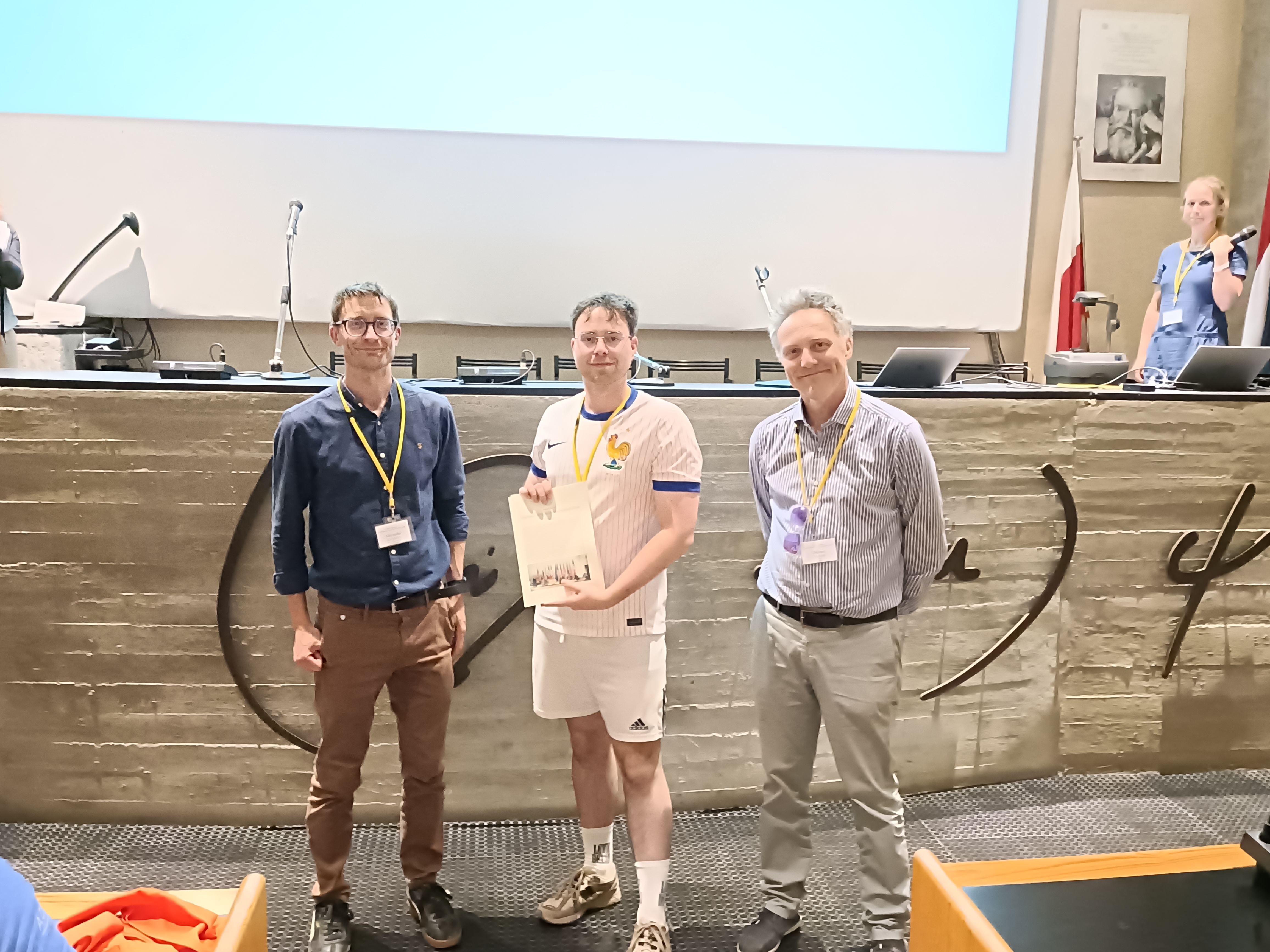 Poster Prize 2nd place: Alexander Feige, Leipzig university, DE
Poster Prize 2nd place: Alexander Feige, Leipzig university, DE
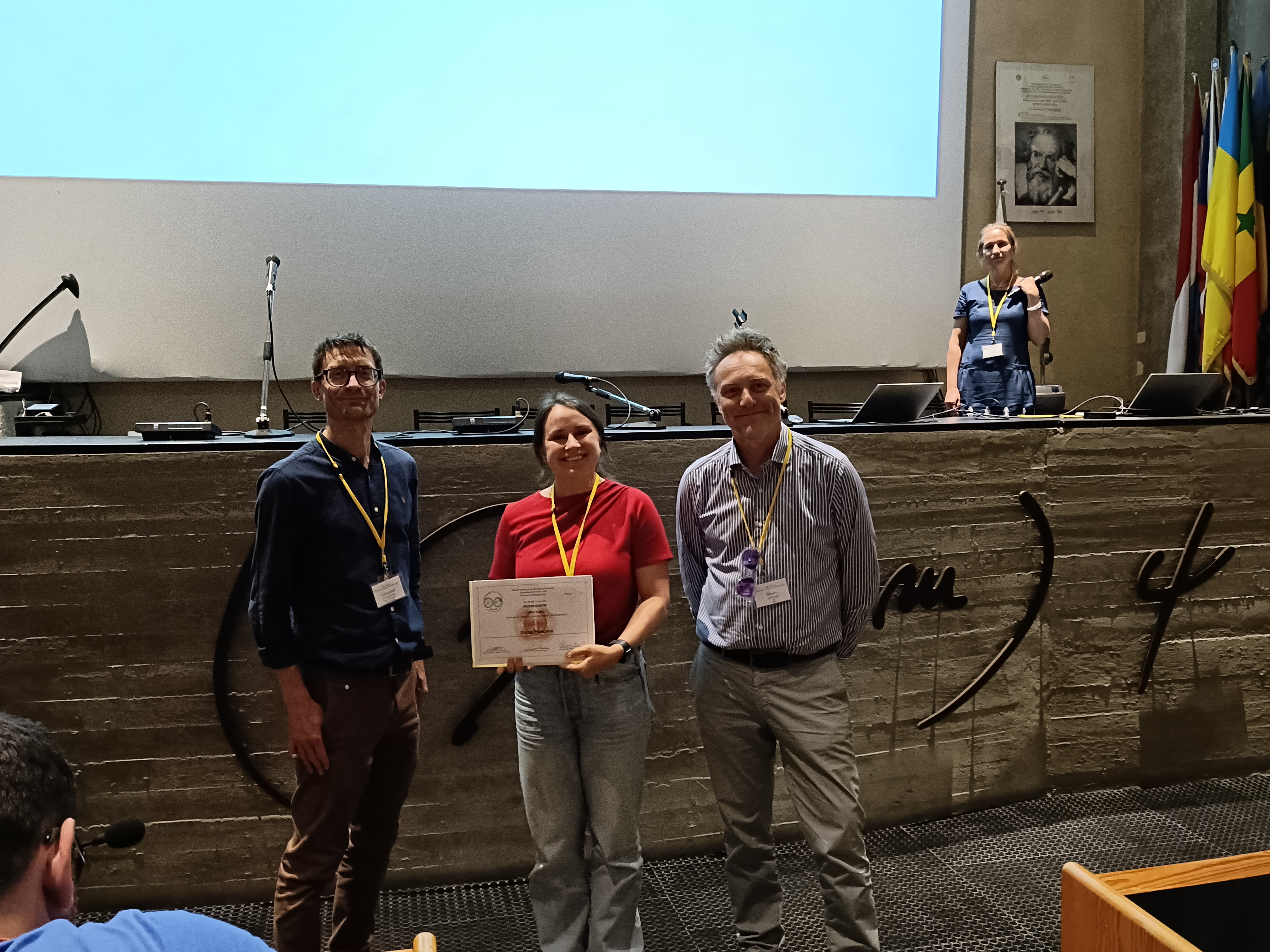 Poster Prize 3rd place: Diana Piankova, ETH Zürich, CH
Poster Prize 3rd place: Diana Piankova, ETH Zürich, CH
The directors
Alex Eggeman, Mauro Gemmi, Tatiana Gorelik
